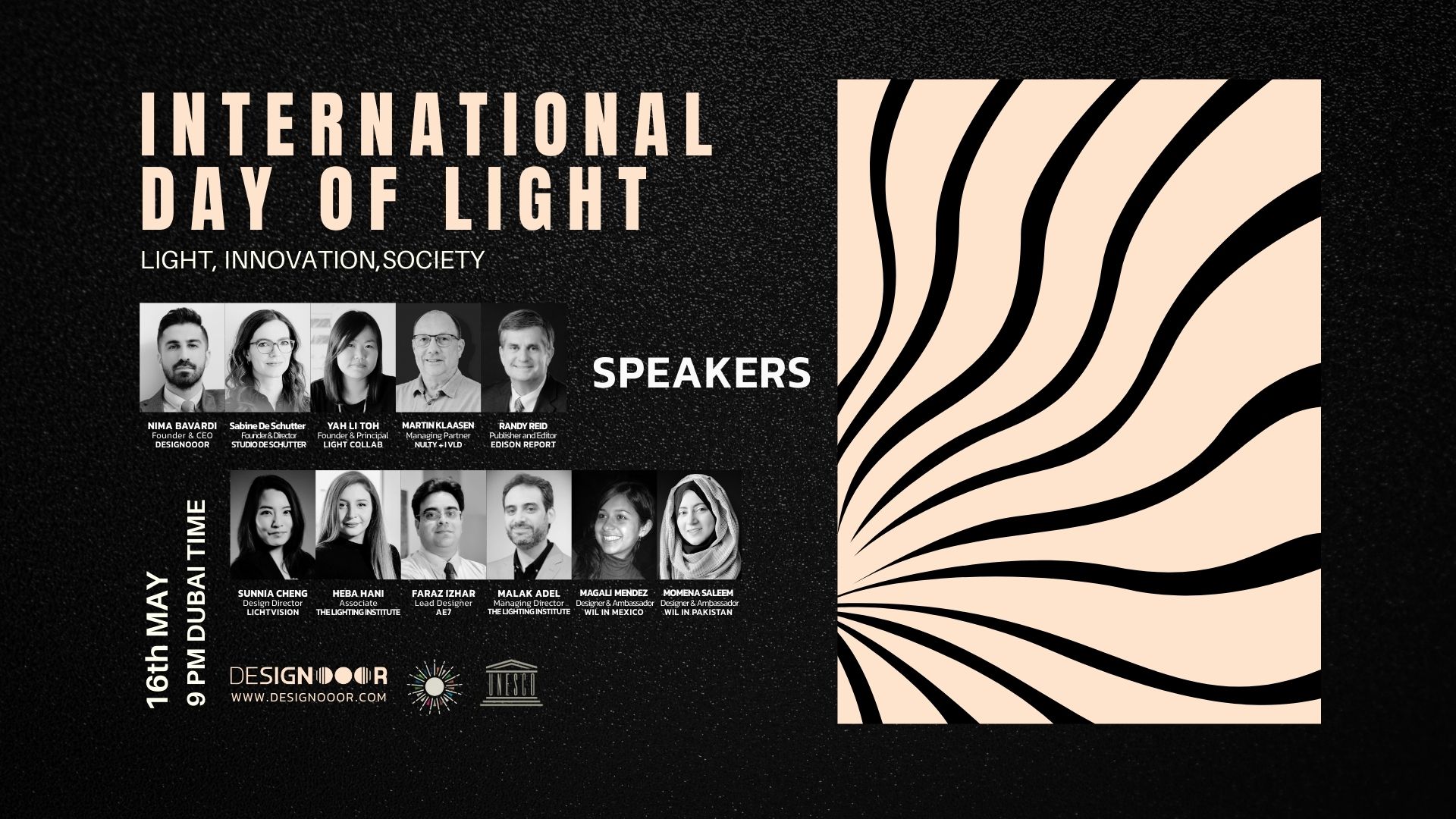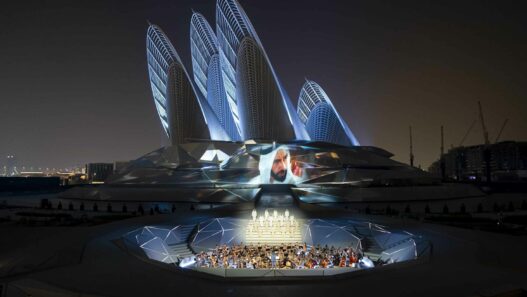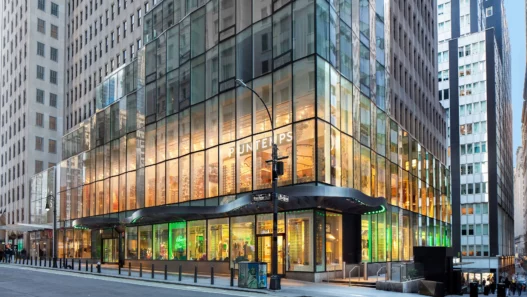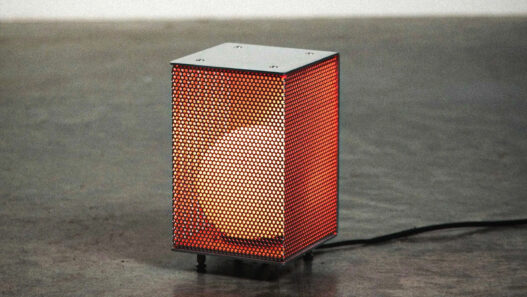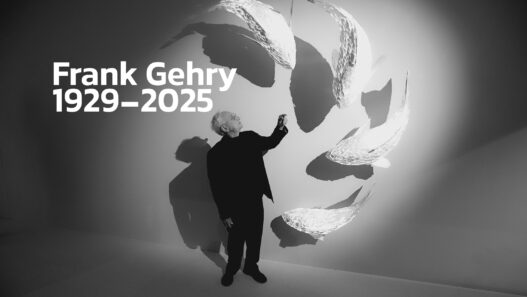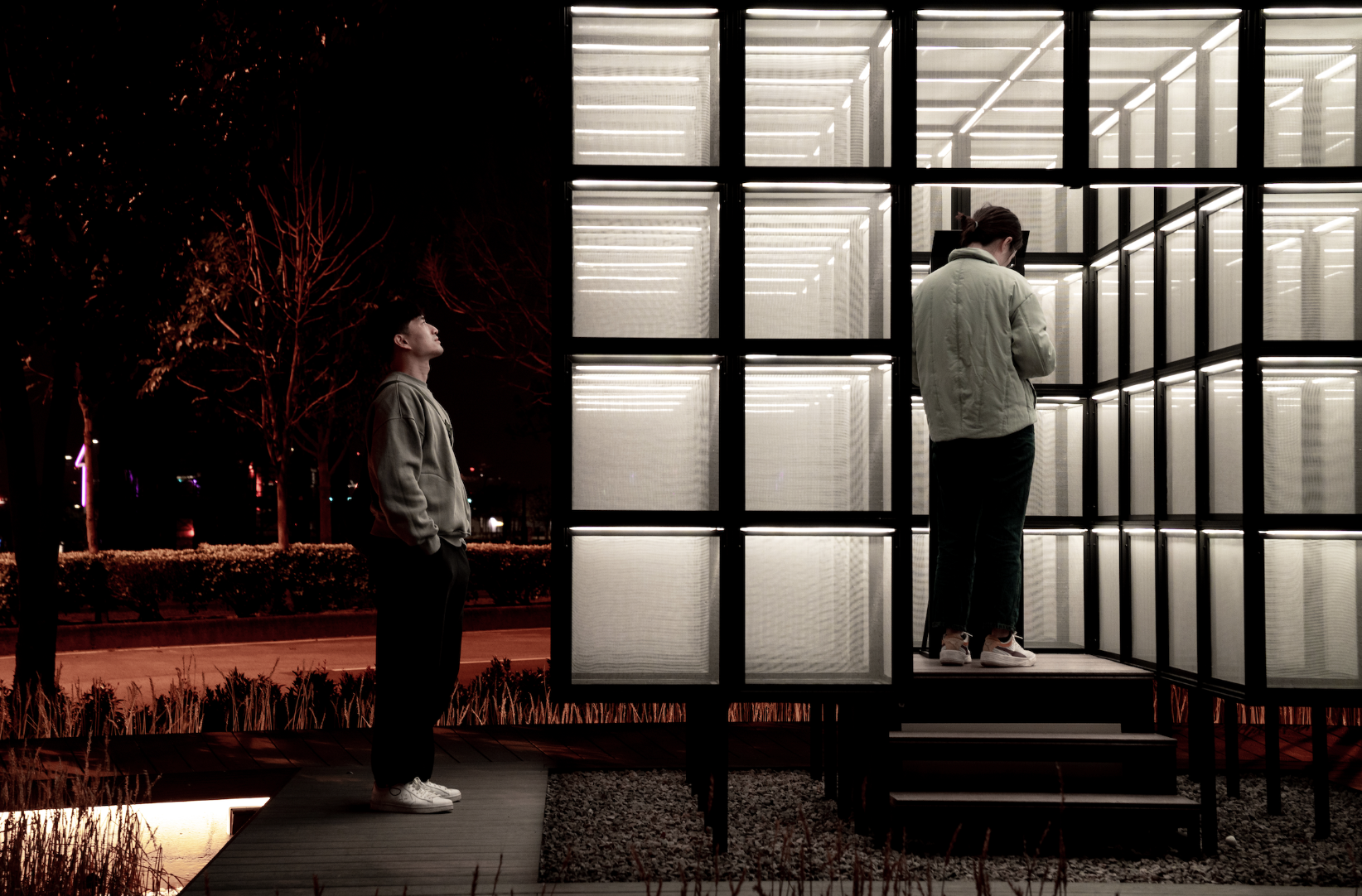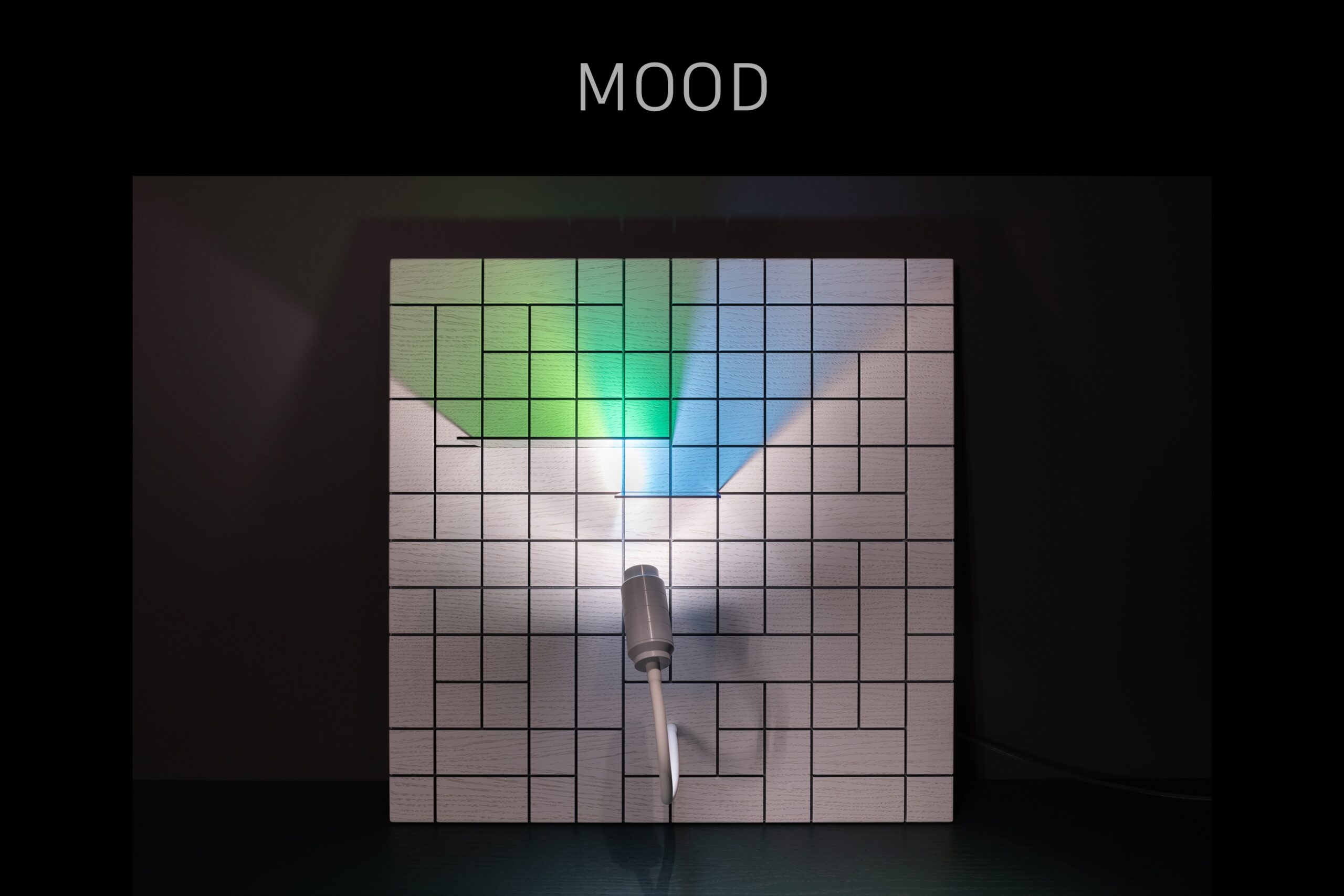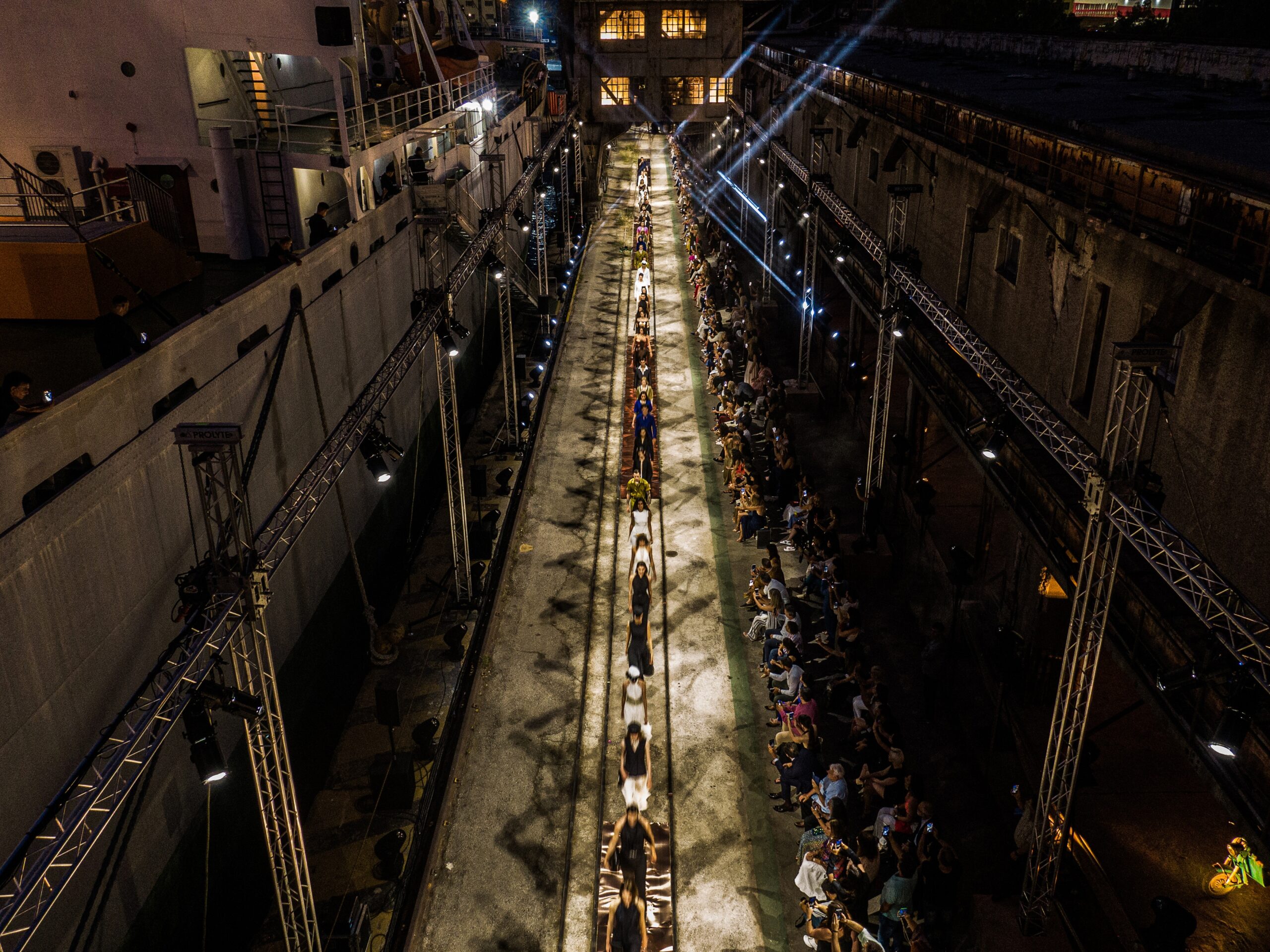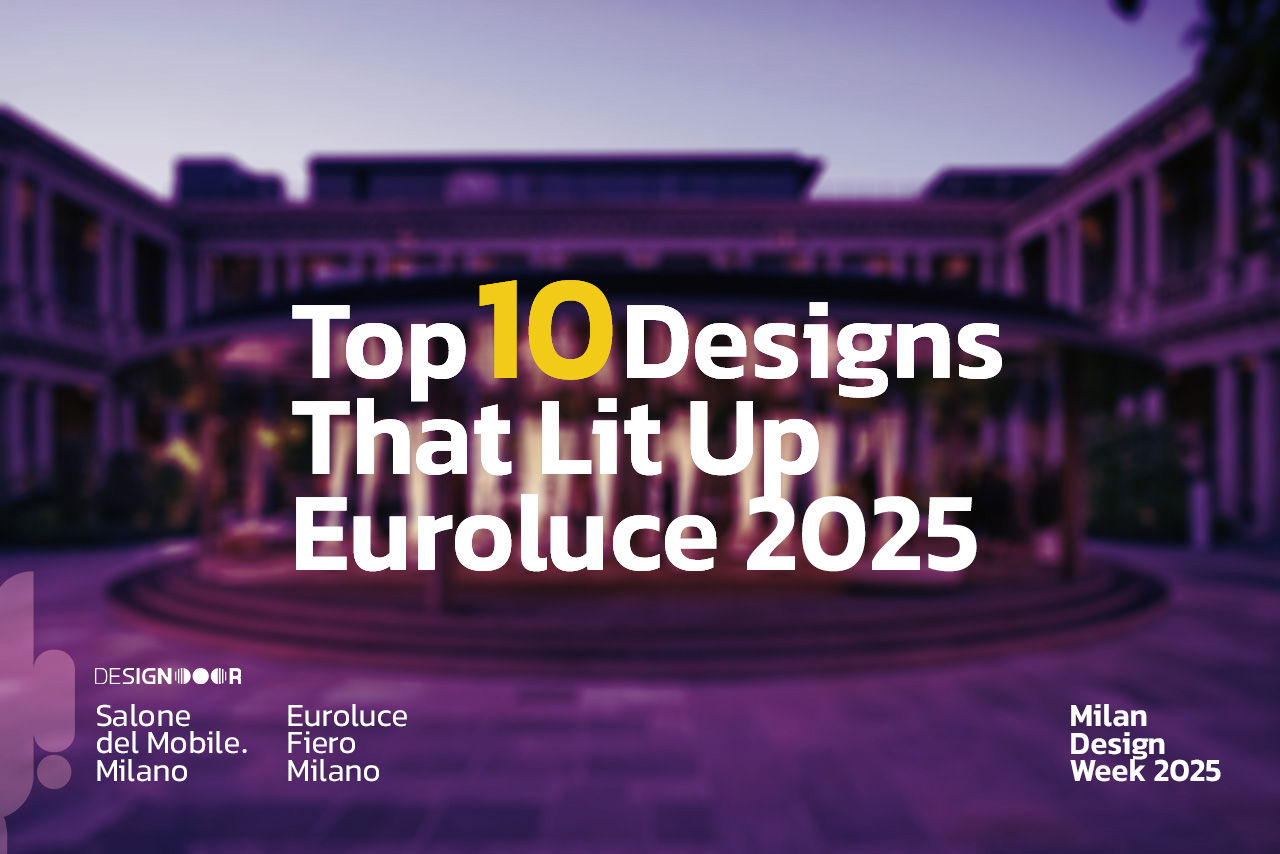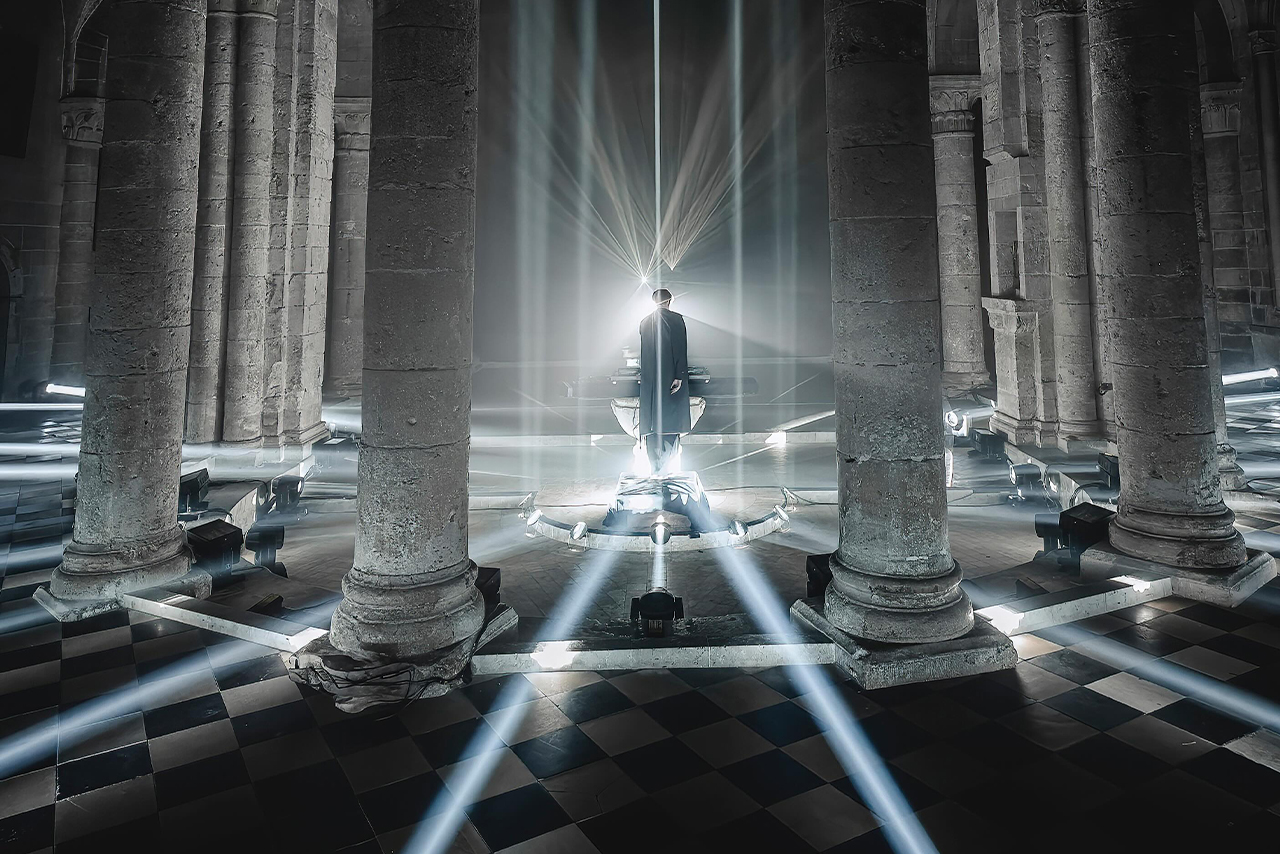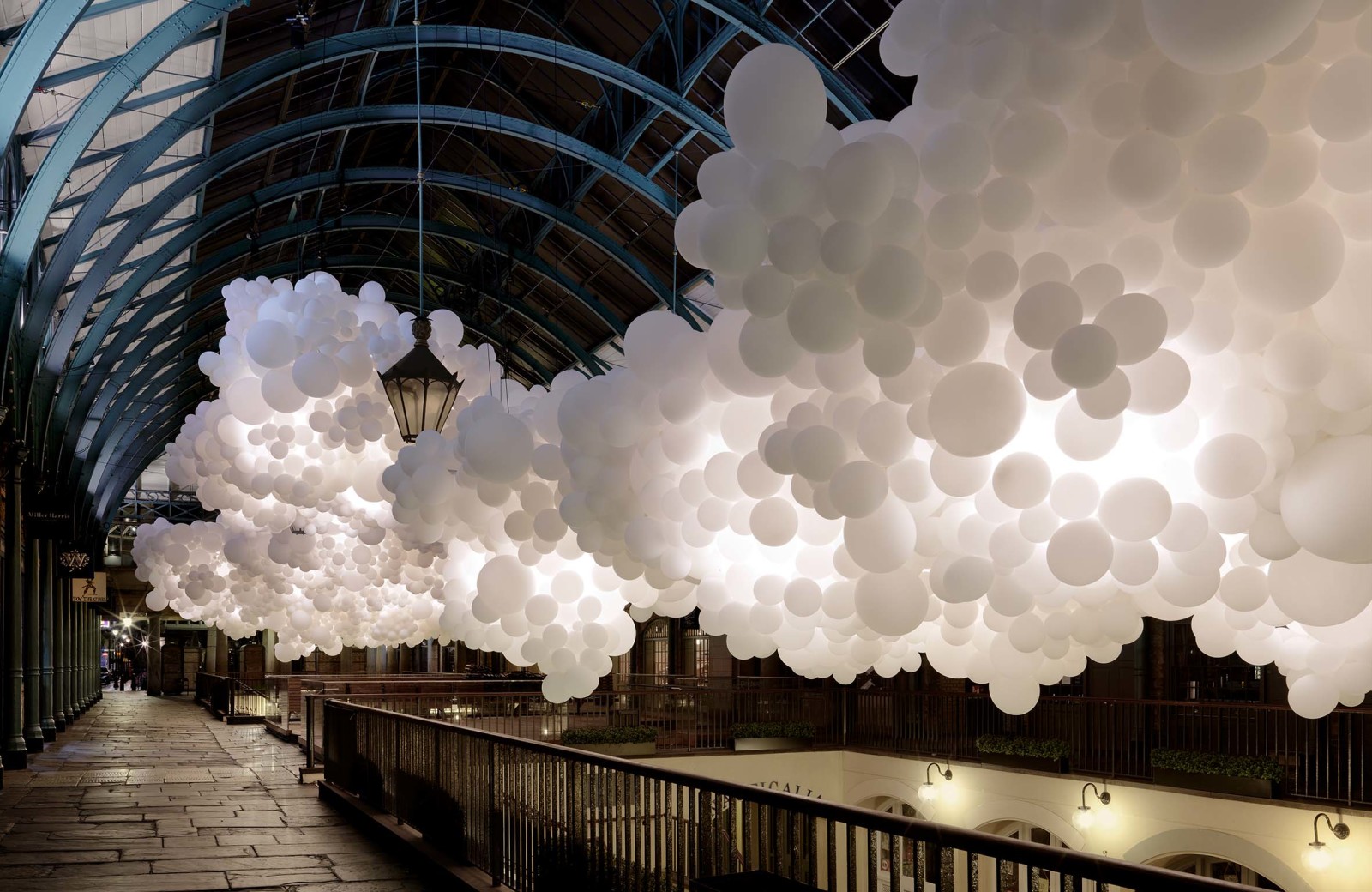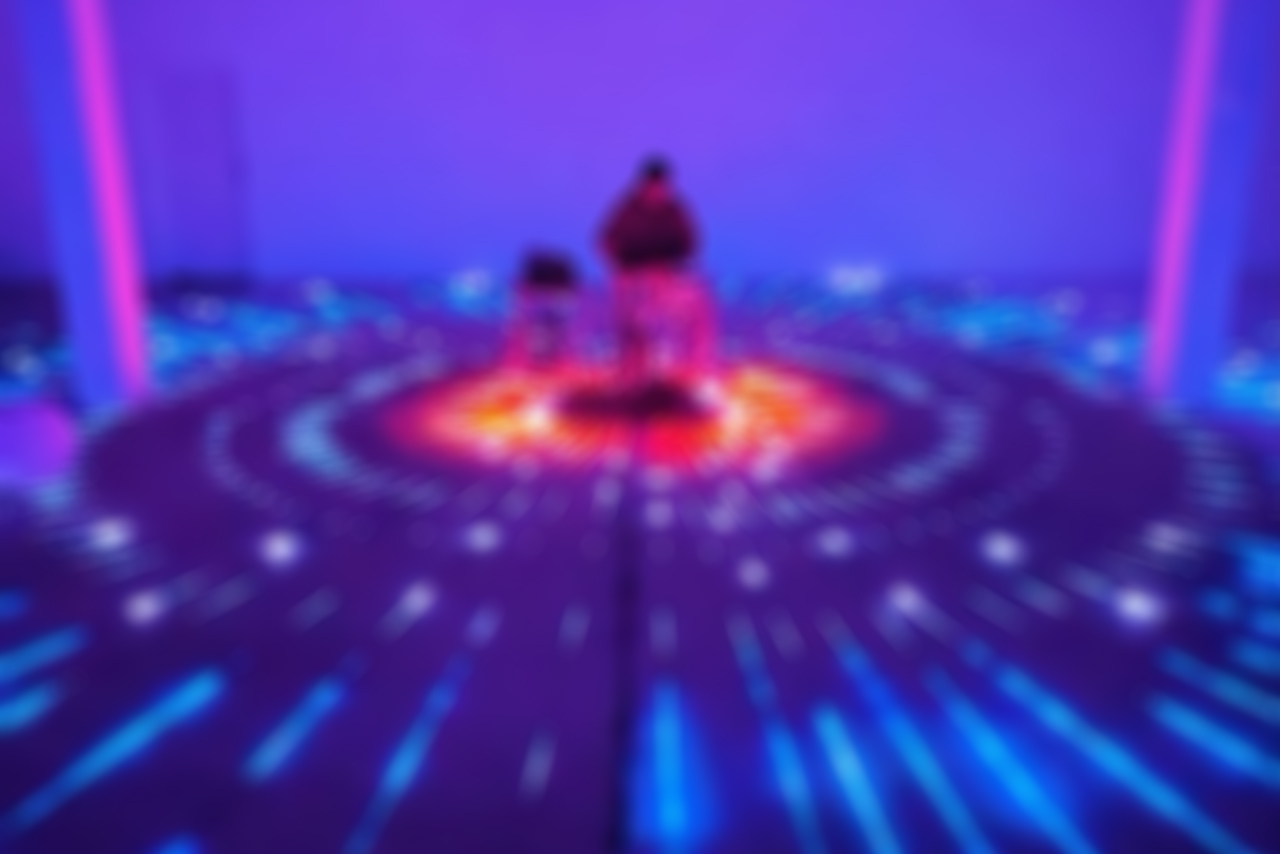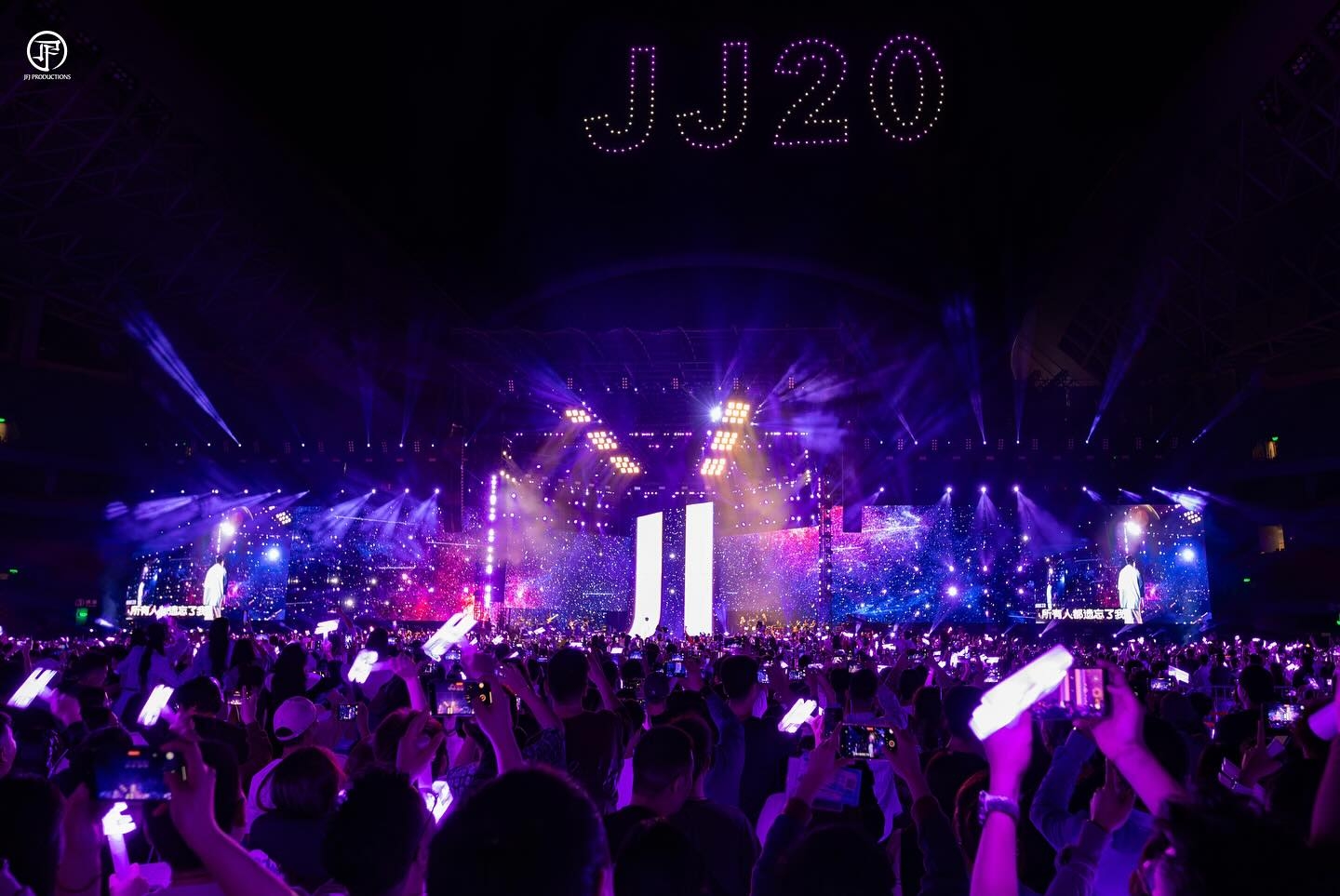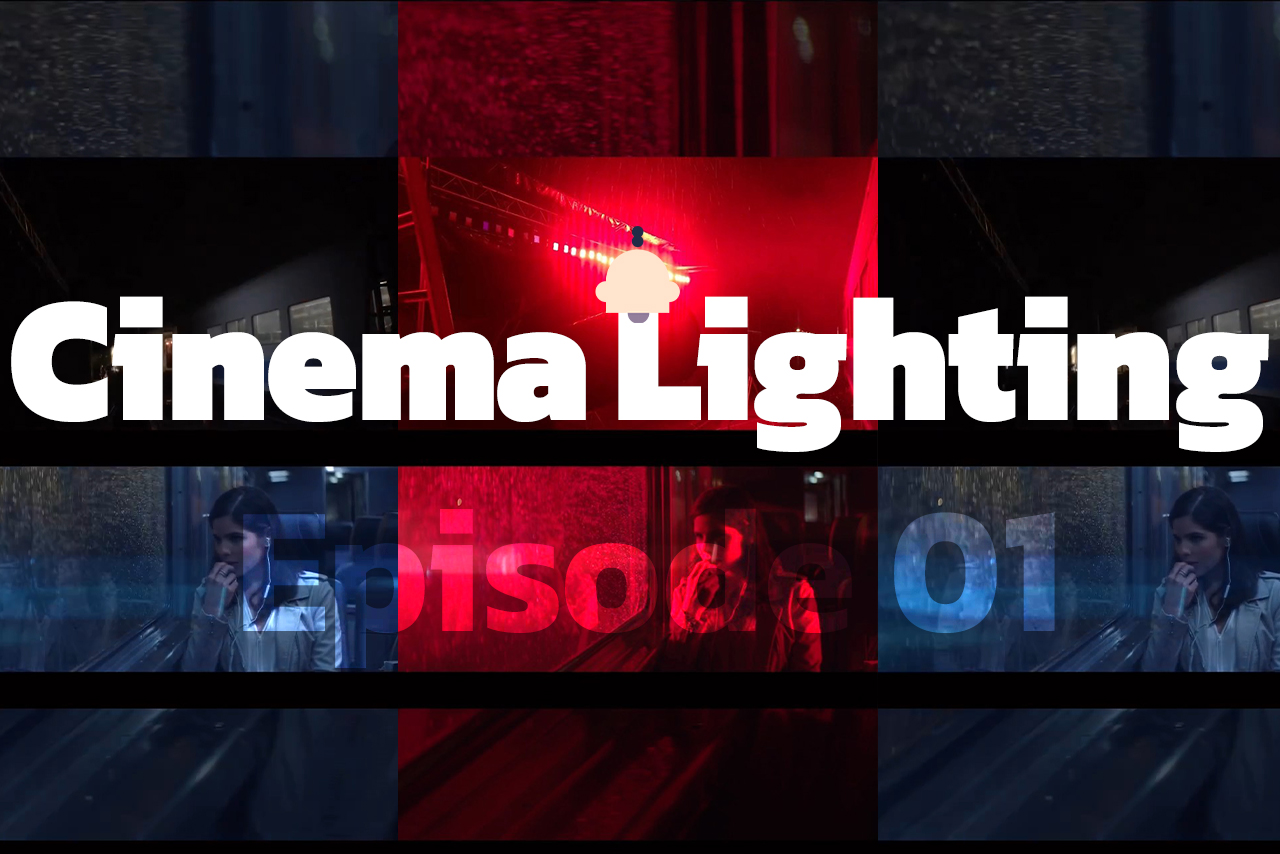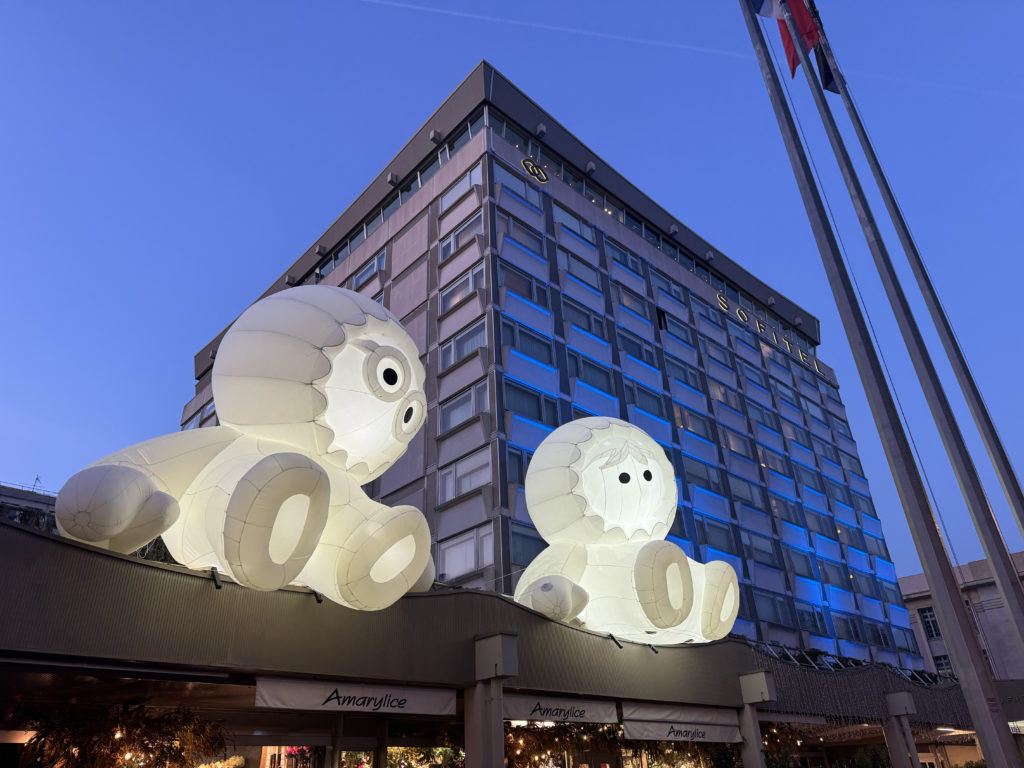Standing in the shadows of the night, “Mindscape Kiosk” imposes itself on the viewer like a giant glowing Rubik’s cube, a puzzle of light and space that constantly shifts and never remains the same. With its grid-like structure, it dissolves the boundary between physical reality and abstract data, much like a work of Georges Seurat, where light and tiny luminous dots play a delicate game within the darkness. But is this intelligent fusion of digital art and interactive architecture merely a visual spectacle, or does it offer something deeper?
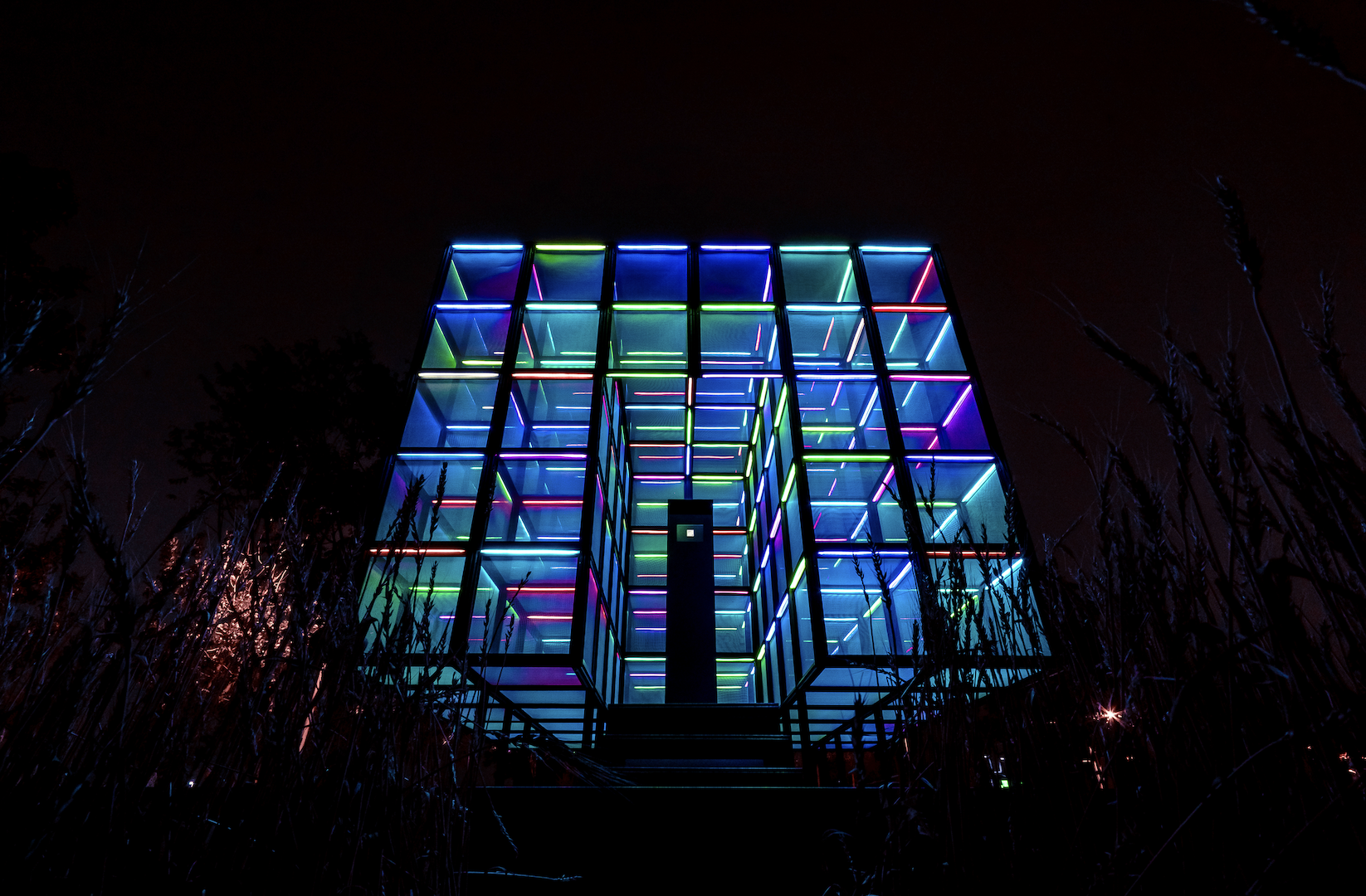
The aesthetic dimension of this piece is primarily built upon minimalism and the coexistence of light and shadow. The cube-like forms, resembling digital mirrors that infinitely reflect themselves, create a visual disorientation, making each observer see multiple versions of themselves in countless reflections. This kiosk evokes a philosophical meditation on perception and spatial experience, reminiscent of scenes from the film “Inception,” where architecture and dreams intertwine and the boundaries of our understanding of space and time collapse. However, unlike Christopher Nolan’s film, here, the dream is shaped through algorithms and user interaction rather than the depths of the subconscious mind.
From a functional perspective, this structure presents itself as an information hub and an emotional archive, but the essential question is how successfully it translates human emotions into a visual language. The process of converting subjective experience into a pattern of light and motion is ambitious, previously explored in digital media, but here it materializes within a physical space. However, the limitation in the amount and variety of processable data and the way it is displayed prevents the system from fully representing the complexity of human emotions. Instead, it appears more like an abstract graph of light rather than a detailed psychological portrayal. This is where the piece balances delicately between art and technology. It is neither a purely informative tool nor a fully interactive performance.
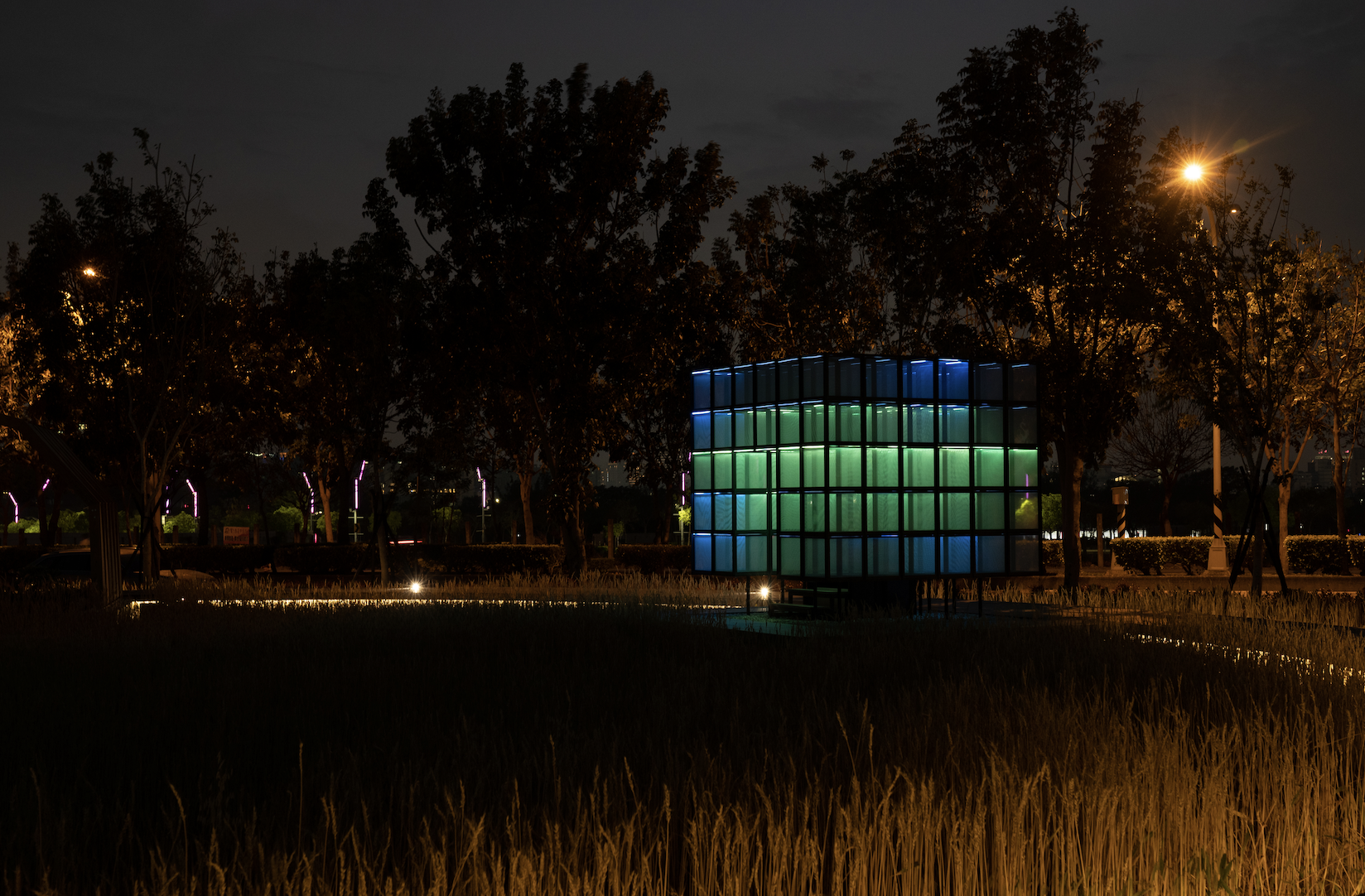
Mechanically, the design, using recycled aluminum and transparent mesh, not only emphasizes environmental sustainability but also provides a living surface that captures traces of time. With each seasonal change, every rainstorm, and every gust of wind, the kiosk undergoes subtle transformations, much like urban structures that bear the marks of weathering over time. This feature elevates it beyond a mere digital installation and turns it into an organism interacting with nature. However, at the same time, this material flexibility could become its weakness since excessive sensitivity to environmental elements may reduce its visual coherence and, in the long run, degrade it into a less effective structure.
Ultimately, “Mindscape Kiosk” at its best is an interactive experience between humans, light, and space, capable of immortalizing fleeting moments through luminous reflections. Yet, this glowing Rubik’s cube still struggles to encapsulate the full complexity of human emotions within its limited frames, like an unfinished puzzle that never quite reaches a definitive solution.
Brand : Amphibious Unit
Designer : Ping-Chieh Hsieh
Photo Credits : Blue Liu
Prize: LIT Lighting Design Award
